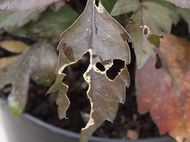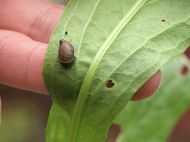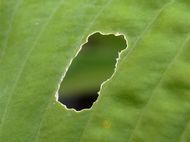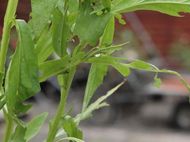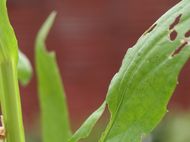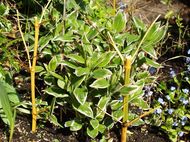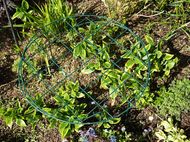As your herbaceous plants start to emerge from the ground slugs and snails will be a major cause for concern. Some plants are more susceptible than others. Top of the list for damage are Delphiniums, Hostas, Lupins and Zantedeschia but anything with a soft green leaf or a juicy stem is vulnerable.
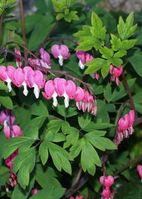 Very often it is not the huge slugs which you see on the lawn on wet mornings that do the damage but the smaller ones which live in the soil and operate as a team.
Very often it is not the huge slugs which you see on the lawn on wet mornings that do the damage but the smaller ones which live in the soil and operate as a team.
Bleeding Heart – Dicentra spectabilis is one of the first herbaceous plants to come into full flower in the border.
If you have dogs or young children you may not wish to use proprietary slug pellets. A light scattering of pellets is however unlikely to pose any real threat as the quantities necessary to do any real harm are very large. We have organic slug pellets available, which are safe and non-toxic to children and pets.
Sharp grit around your key plants will be a deterrent or you can sink jam jars into the ground, fill them with water and add a touch of beer as bait to drown them.
Removing all leaf rubbish, mulch from the Winter and keeping everything neat and tidy will also remove refuges for slugs and snails or you can catch them in cracks on a wall.
Ferns
Hardy Ferns need tidying up before they send out their new fronds. Cut off all last season’s fronds of Matteucia struthiopteris before they produce the shuttlecocks. Any evergreen ferns e.g. Blechnum discolor or Blechnum tabulare, just remove any brown or damaged fronds. We have a care guide on Ferns here if you are interested in reading more.
Staking Perennials
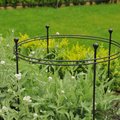
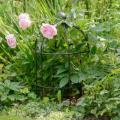
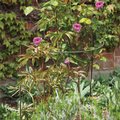
Daffodils
Some of your early flowering daffodils will now be over and their leaves will gradually go yellow and brown as the bulbs die back. On no account cut off the leaves until completely shrivelled and dead but you can tie the leaves together in a knot to tidy them up while they go dormant.


